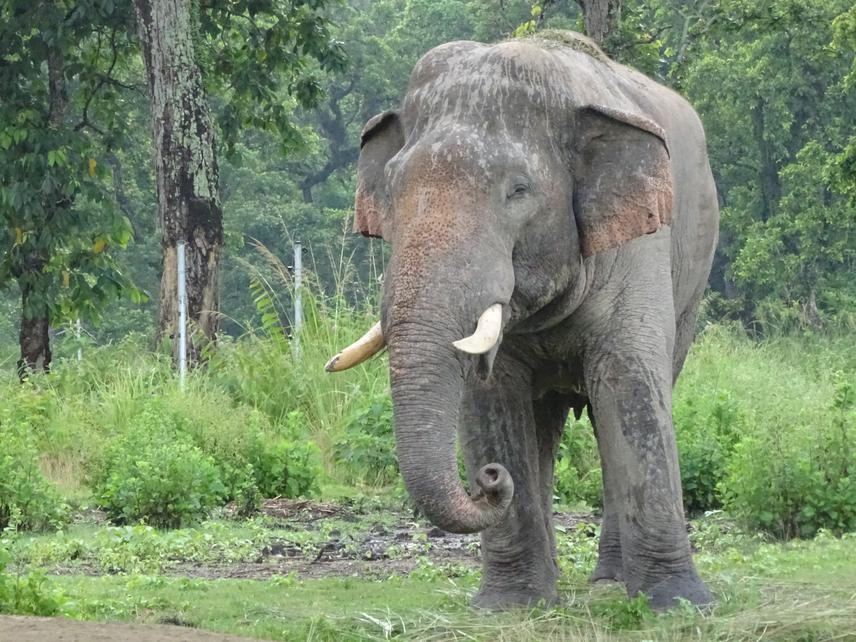Ashok Kumar Ram
Other projects
19 Aug 2013
Geospatial Modelling to Assess Asian Elephant (Elephas maximus) Habitat Suitability, Migratory Routes and Human Elephant Interface in Eastern Nepal
22 Nov 2016
Geospatial Habitat Suitability, Migratory Pattern of Asian Elephant (Elephus maximus) and its Coexistence in Central Nepal
29 Mar 2022
Strengthening Human Elephant Coexistence (HECx) in Western Terai Landscape of Nepal
This project aims to assess habitat, home range, and human-elephant interactions in Terai Arc Landscape (TAL) Nepal. Land use land cover (LULC) change, habitat fragmentation, connectivity will be assessed through frag stat and least cost path method. Telemetry on elephants and Questionnaire survey will be conducted for elephant home range estimation, & HEC impacts assessment respectively. Minimum Convex Polygon (MCP) & Kernel density estimator will be used for home range estimation. We conduct a community outreach program at HEC hotspots to educate students, teachers, and local people. This project will be commenced between Oct 2019 and Sep 2020.

Asian elephant is a mega-herbivore, characterized as an “Endangered” species (IUCN 2008), CITES Appendix I species (CITES, 1973) and a protected species in Nepal (NPWC Act 1973). 107-145 (resident and 130-145 (migratory) Asian elephants in Nepal are distributed in four isolated populations (ten velde 1997& Pradhan et al., 2011). Habitat loss, fragmentation, human-elephant conflict, and poaching are some major issues in the Terai landscape (Pant et al., 2015). Asian elephants are migrating through the foothills of Siwaliks (Velde 1997) in Nepal and interacted with local people, which has resulted in severe conflict incidents with a human fatality, crop, property damage and retaliatory killings of elephants. While these are the visible impacts of HEC, HEC also induces hidden impacts ranging from psychological, social and health impacts in terms of the increasing transaction and opportunity costs which jeopardize peoples’ livelihoods and diminishing socio-economic wellbeing (Baruwa et al. 2012).
Asian Elephant has a wide home range and a huge food requirement, but a small-scale study limits the study result. Increased habitat loss and fragmentation have compromised elephant movement and availability of food, thus, a landscape-level study on Asian Elephant habitat suitability, ranging behaviour and corridor connectivity is pivotal to identify conflict zones and minimize human-elephant conflict. HEC has been increasing and accounts for huge crop and property damage including human fatality every year. There is, however, a limited study carried out in the landscape scale on occupancy (Lamichhane et.,al 2017) and elephant range shift (Kanagaraj et al., 2019) due to climate change.
This study will assess habitat fragmentation, habitat connectivity, home ranges, and assess HEC at the landscape level in the Terai region of Nepal and cover an area of 24710.13 square kilometres. The project will strengthen the capacity of extant 10 Rapid Response Team (RRT) and 5 Community Based Anti-poaching operation (CBAPOs) units. These RRT and CBAPOs team will be used further for HEC mitigation, conducting communication outreach program and will be used as a green volunteer for protecting Asian elephant in Nepal. The project will provide funding support to five RRT for carrying out conservation education in schools, community awareness at the local level and a conservation radio program at the five strategic conflict hotspots of the study area.